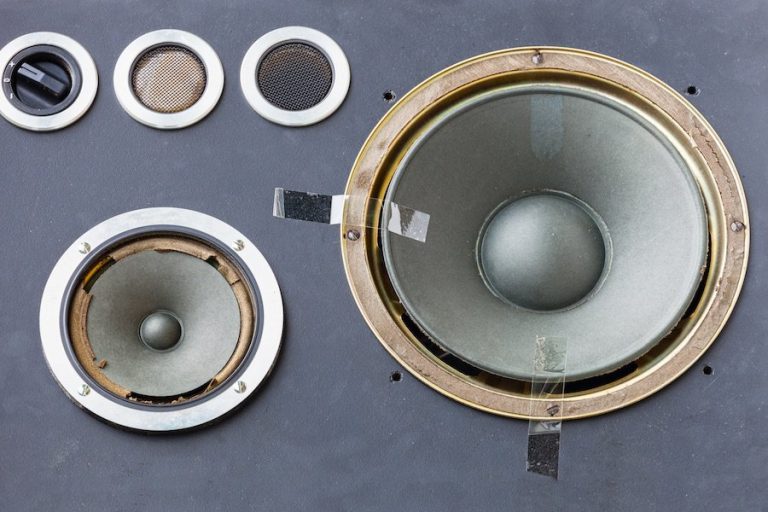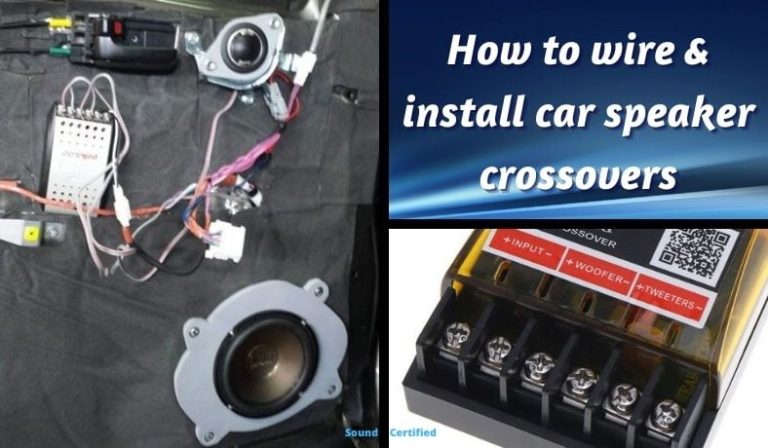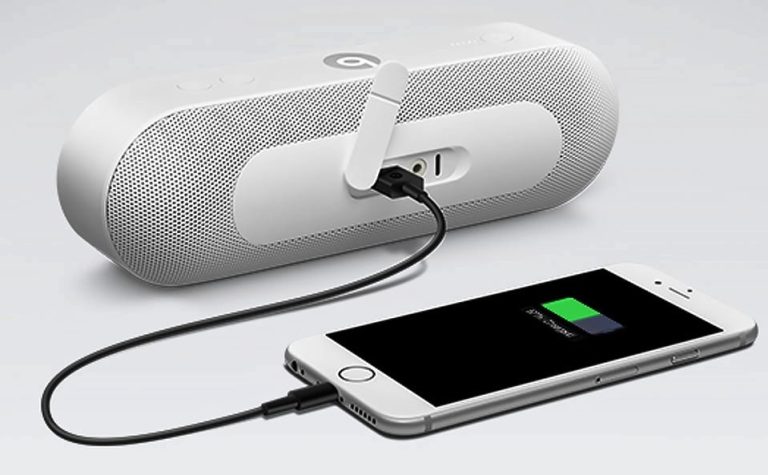How to Connect 2 Amplifiers to One Set of Speakers?
If you have ever wondered how to connect 2 amplifiers to one set of speakers, then this is the article for you. The process is actually quite simple, and once you know how to do it, you will be able to do it anytime you want. There are a few things that you need to keep in mind when connecting 2 amplifiers to one set of speakers.
First, you need to make sure that the impedance of the two amplifiers matches. If they don’t match, then there is a chance that one amplifier could damage the other. Second, you need to make sure that both amplifiers are turned on before you attempt to connect them.
If one amplifier is turned on and the other isn’t, then there is a chance that they could damage each other as well. Finally, once you have both amplifiers connected and turned on, slowly increase the volume on both until they are at the same level. By doing this, you will prevent any unwanted pops or clicks from happening which could damage your speakers or amplifiers.
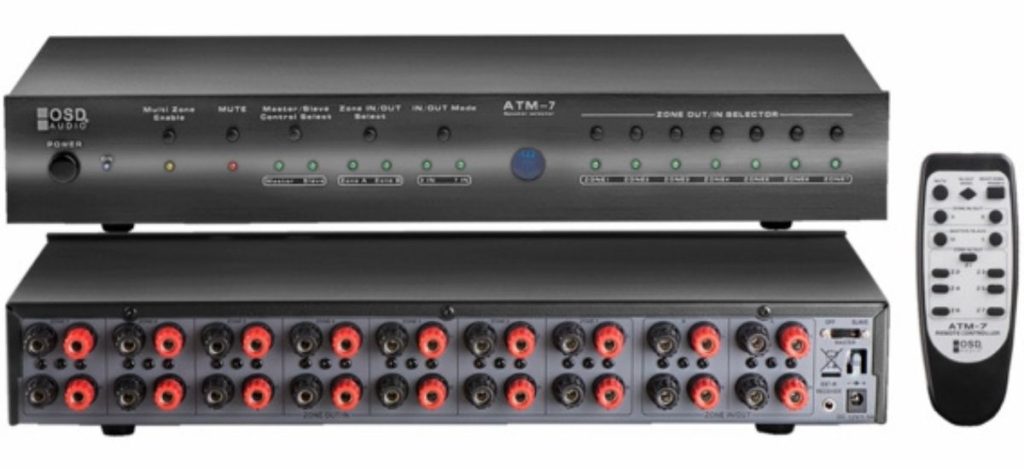
credit:electrouniversity.com
- Choose the two amplifiers that you want to use
- Connect one amplifier to the left speaker and the other amplifier to the right speaker
- Make sure that both amplifiers are turned off before you connect them to the speakers
- Turn on both amplifiers and adjust the volume levels until they are equal
Can You Hook Up Two Amplifiers to One Speaker?
Yes, you can hook up two amplifiers to one speaker. There are a few things to keep in mind, though. First, you need to make sure that the two amplifiers are compatible with each other.
Second, you’ll need to use a Y-adapter cable to connect the two amplifiers to the speaker. Finally, you’ll need to adjust the volume levels on both amplifiers so that they’re balanced.
Can You Connect 2 Amplifiers Together?
You can connect two amplifiers together, but there are a few things you need to take into account. First, you need to make sure that the impedance of the two amplifiers is matched. If the impedances are not matched, then you will not get a good connection and the sound quality will suffer.
Second, you need to make sure that both amplifiers have the same gain. If the gains are not matched, then one amplifier will be overdriven and the sound quality will again suffer. Finally, you need to make sure that both amplifiers have identical power supplies.
If the power supplies are not identical, then one amplifier will be working harder than the other and this will lead to distortion and poor sound quality.
Can You Wire Speakers to Two Different Amps?
Yes, you can wire speakers to two different amps. This is known as bi-amping, and it can offer a number of benefits over using a single amp to power all of your speakers. One benefit of bi-amping is that it can improve the overall sound quality of your system.
When you use a single amp to power all of your speakers, the amplifier has to work harder to produce enough power for each speaker. This can result in distortion and other audio problems. However, when you bi-amp your system, each amplifier only has to produce enough power for half of the total number of speakers.
This means that each amplifier can work more efficiently and deliver cleaner sound. Another benefit of bi-amping is that it allows you to tailor the sound of your system more precisely. When you use a single amp to power all of your speakers, the same amount of bass or treble will be sent to each speaker.
However, when you bi-amp your system, you can send different amounts of bass and treble to each group of speakers. This allows you to fine-tune the sound of your system to better suit your personal preferences. If you’re looking for ways to improve the sound quality of your stereo system, bi-amping may be worth considering.
It’s important to note that not all amplifiers are capable of powering two sets of speakers simultaneously. You’ll need to make sure that both amplifiers are compatible with your particular setup before proceeding.
How Do You Bridge Two Amps Together?
When it comes to bridging two amplifiers together, there are a few things that you need to take into account. First, you need to make sure that both amplifiers can handle the load that you’re going to be putting on them. If one of the amps is not rated for the load, then it could overheat and cause damage.
Second, you need to make sure that the impedance of each amplifier is compatible with the other. If they are not, then you could end up damaging one or both of the amps. Finally, you need to make sure that you have enough power running to both amplifiers so that they can operate at their full potential.
If all of these things are taken into account, then bridging two amplifiers together can be a great way to get more power out of your system.
Connect 2 Amplifiers to One Set of Speakers
2 Amps 1 Sub Wiring Diagram
If you’re looking to wire up a new car audio system and want to know how to connect 1 subwoofer to 2 amplifiers, then this article is for you. We’ll go over what components you need, how to wire it all up, and what settings to use on your amplifiers so that you can get the best possible sound quality. First things first: You’ll need an amp that can handle at least two channels.
If you’re using a mono subwoofer amplifier, then you won’t need anything else; but if you’re using a multi-channel amplifier (4-channel or higher), then you’ll also need speakers for your front left and right doors. Center channel and tweeters are optional but recommended. Crossover frequency settings will depend on the specific model of speaker/subwoofer combinations that you have – we recommend starting with the manufacturer’s suggested setting and making adjustments from there based on listening preference.
The next thing you’ll need is some way to split the signal from your head unit so that each amplifier gets its own separate input. This can be done with an aftermarket head unit that has multiple preamp outputs, or by using an active splitter box like the one pictured below. If using an aftermarket head unit, just be sure that it can support enough voltage (usually 4 volts or more) so as not to overload your amplifiers’ inputs – most units these days should be able to do this with no problem.
Once everything is plugged in and ready to go, the final step is setting your gains correctly so that each amplifier isn’t being overloaded ( clipping ). Too much volume coming into an amp will cause it to distort the signal which will result in nasty-sounding audio – not something anyone wants! Start with both gains turned all the way down, slowly turn up the head unit’s volume until you start hearing distortion from your speakers/subwoofers, then back off just slightly until it goes away again.
At this point, both amps should be getting about equal power input and neither should be clipping. If one amp seems like it’s working harder than the other (i.e., clipping sooner), then turn its gain down slightly until they match better – this may require some trial and error but ultimately will result in much better sound quality once everything is dialed in correctly.
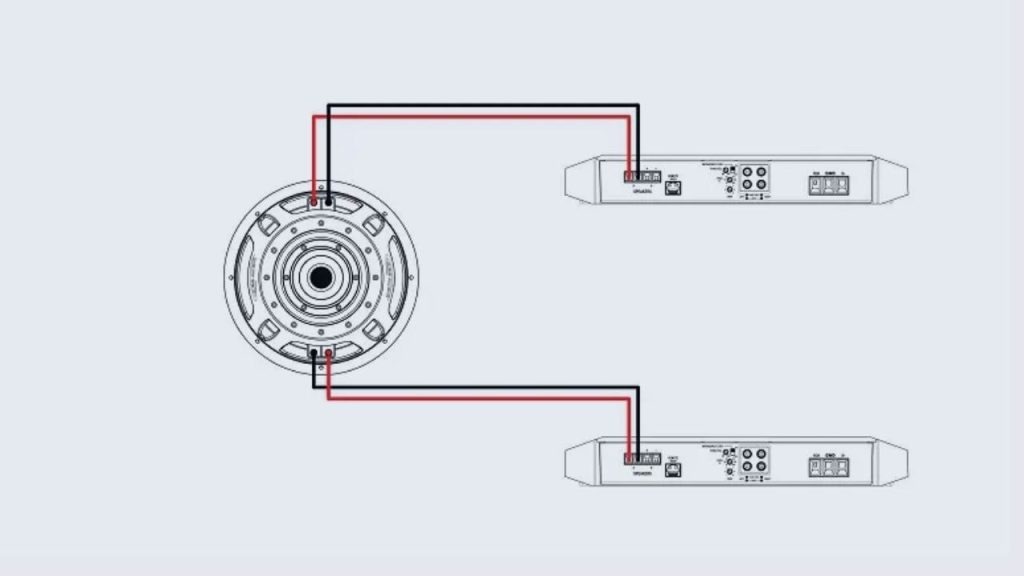
Conclusion
Looking to create a bigger sound by connecting two amplifiers to one set of speakers? While it might seem like a daunting task, it’s actually quite simple – all you need is the right equipment and a little bit of know-how. Here’s a step-by-step guide on how to connect two amplifiers to one set of speakers:
1. Start by connecting the positive terminal of the first amplifier to the positive terminal of the speaker. Then, do the same for the negative terminals.
2. Next, take another set of speaker cables and connect them from the first amplifier’s negative terminal to the second amplifier’s positive terminal.
3. Finally, connect the second amplifier’s negative terminal to the remaining open terminal on the speaker. And that’s it! By following these easy steps, you’ll be able to enjoy increased volume and power without any fuss.


